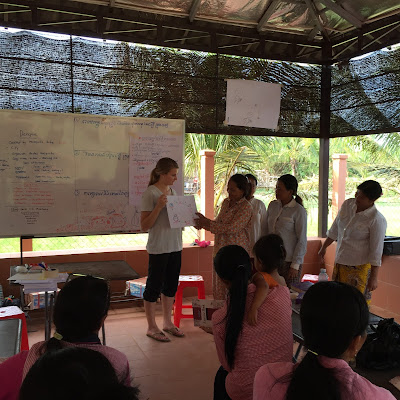 |
| Transmission of Malaria and Dengue |
 |
| Prevention of Malaria and Dengue |
MALARIA
Malaria is transmitted by the plasmodium parasite, which
is injected into a person’s blood through the saliva of an infected mosquito.
(These mosquitoes bite when after the sun goes down and more frequently found
in the rural areas.) It then travels to
the liver where it will mature and reproduce. When the parasite matures, it
will infect red blood cells until they burst. Then, newly developed parasite
from the red blood cells will spread, and infect more red blood cells.
Signs
and symptoms: In
most cases, the signs and symptoms of malaria will begin 8-25 days after the
mosquito bite. However, those who have taken medication to prevent infection
may have an extended incubation period. (Yes- you can still get malaria even
though you have taken medication to prevent it.)When the infected red blood
cells spread throughout the body, the cells will eventually die off. This can also
lead to liver infection. Sometimes the infected red blood cells become
"stickier" than usual and clot easily, which can affect blood flow to
the brain.
The severity of the signs and symptoms of malaria may depend upon
three factors: the type of malaria, your immune system, and health of your
spleen.
There are 5 types of malaria. These include P. Vivax, P.
Malaria, P. Ovale, P. Falciparum, and P. Knowlesi.
During a malaria infection, red blood cells rapidly die,
and the spleen may not be able to keep up with the demand, leading to sepsis
and organ failure. Notice an enlarged spleen, which can happen when the spleen
is overwhelmed by the amount of dead red blood cells and becomes enlarged.
The classical (but
rarely observed) malaria attack lasts 6-10 hours. It consists of
a
cold stage (sensation of cold, shivering)
a
hot stage (fever, headaches, vomiting; seizures in young children)
and
finally a sweating stage (sweats, return to normal temperature, tiredness).
Classically
(but infrequently observed) the attacks occur every second or third day.
More commonly, the
patient presents with a combination of the following symptoms:
Fever
(can be up to 104 degrees (40 C)
Chills
Sweats
Headaches
Nausea
and vomiting
Body
aches
General
malaise
Diagnosis—You
will need to get a rapid diagnostic blood test (RDT) as soon as you develop
symptoms. If the initial diagnostic evaluation is negative,
follow-up testing should be done each day for two more days.
Treatment—Medication
such as Chloroquine
http://www.cdc.gov/malaria/about/disease.html#uncomplicated
http://www.cdc.gov/malaria/about/disease.html#uncomplicated
 | |
| Brittany, MTW Intern & Medical student-- assisting VHW students as they teach class |

No comments:
Post a Comment